When it comes to tyres, Jamie Smeeth has seen it all. He’s the manager of Protyre in Portsmouth, one of 160 depots in a nationwide network. But even he is shocked by a tyre taken off a customer’s car this morning. Around its inside shoulder is a long split that’s wide enough to put your fingers in. Just above it, the cords that support the tyre are exposed.
Worryingly, the driver had no idea his tyre was like this. Smeeth turns it over and, in truth, it doesn’t look so bad: worn, yes, but not to the wear blocks. How did it get that nasty split?
“Probably a slow puncture,” says Smeeth. “As the tyre goes down, it spreads out, allowing the wheel to rub the shoulder, causing it to split. The car’s tyre-pressure monitoring system will have flagged up the pressure change, but people don’t always pay attention to it.”
I’ve always been wary of tyre depots and fitters. Their posters warning you of the perils of not checking your tyres, of extended braking distances in the wet if you don’t splash out on premium rubber and, while you’re here, let us check your tracking (for a price) feel like cynical attempts to frighten us into parting with cash. Is there really a significant difference between budget, mid-range and premium tyres? Oh yes, I thought: the profit the depot makes. But this split tyre has genuinely shocked me – as well as Smeeth and his boss, area manager Matt Ansell.
Protyre’s Portsmouth team change around 9500 tyres each year. Some of those have serious splits, like the one that we’ve just seen, but more of them have suffered premature wear caused simply by poor front-wheel alignment or incorrect castor angles on the rears.

If the wheel is pointing or toeing out, the tyre wears on its inside shoulder, but toeing in on the outer shoulder is easier to spot. To check for the former, Smeeth suggests that, once a week, before switching off the engine, you park your car with the steering on full lock to expose the front tyres’ inner shoulders. It’s common sense, really. Premature wear caused by under- or over-inflation are among the other issues that cross Smeeth’s path. The former is the more frequent issue and noticeable by wear on the shoulders but relatively little on the centre. The reverse is true of an over-inflated tyre.
Deep cuts to the cords are another frequent sight and a common cause of MOT failures. It’s possible to repair a puncture in the centre of the tyre but not on the sidewall, where the tyre flexes.
Lockdown was too short to have caused a perished-rubber epidemic, but Smeeth reckons that this could become a problem in the future as people drive less. The weight of a car left standing for extended periods can flat-spot tyres, while ultraviolet light can dry out and weaken rubber, causing cracks to appear. Incidentally, tyre black can have the same effect if used repeatedly.
Smeeth reminds me that each tyre bears a so-called DOT code (it stands for Department of Transportation) that, among other things, identifies the tyre’s place and, crucially, date of manufacture by week and year. An example of a date would be 2310, this meaning the tyre was made in the 23rd week of 2010. A threedigit date code means the tyre was made before 2000. The industry recommends that, even if it’s still legal, a tyre is replaced when it’s between seven and 10 years old – something to remember if you’re buying a 30-year-old modern classic.
Remarkably, Smeeth tells me that car tyres are still considered to be new even when they’re five years old. It’s why Protyre and others sell them up to that age but not beyond it (warning: beware of less scrupulous fitters who might buy these older tyres). This means that the tyre you had fitted three years ago could actually be eight years old now.
Happily, as I discover when exploring the stockroom upstairs, many of Protyre Portsmouth’s new tyres were made only recently.
“The Brexit import problems we had a couple of months ago have largely been resolved now,” explains Ansell, pointing to a new tyre made just a week ago in Turkey. Looking around, I notice a tyre with blocks of foam glued at intervals to its inside face. It’s a Pirelli PNCS, specified for a Land Rover. The letters stand for Noise-Cancelling System, and Pirelli claims the foam contributes to a 3dB noise reduction inside the car. Continental offers a similar solution, which it calls Conti Silent, although it makes a bolder noise-reduction claim of up to 9dB.

Alongside the foam-filled Pirelli is a Continental tyre with a sticky black substance coating its inner face. This is a Conti Seal; the idea is that the sticky sealant instantly and permanently fills a puncture of up to 5mm in diameter. Whatever caused the puncture can then be removed and the car driven as normal. Pirelli offers a similar technology.
All this time I’ve been hearing the depot’s view of tyres, but what about customers’ attitude to their tyres? Two of them are in reception. Yinka Bello has brought his BMW 116d in for new tyres – a subject that he takes seriously. “I do up to 20,000 miles per year and keep an eye on tyre wear and pressures,” he says. “I always go for the best I can afford, preferably OEM, and I always match them.”
Alongside him is Chris Preddy, a self-confessed petrolhead who drives a BMW 116i M Sport. “My company does a safety presentation each year and reminds us to be tyreaware,” he says. “My dad taught me to be, too, so it’s second nature for me to check them regularly. I always go for the original specification.”
These two drivers certainly take their tyres seriously. After listening to them and seeing that split tyre, perhaps I will start taking those posters that I had perceived as alarmist a bit more seriously.
READ MORE

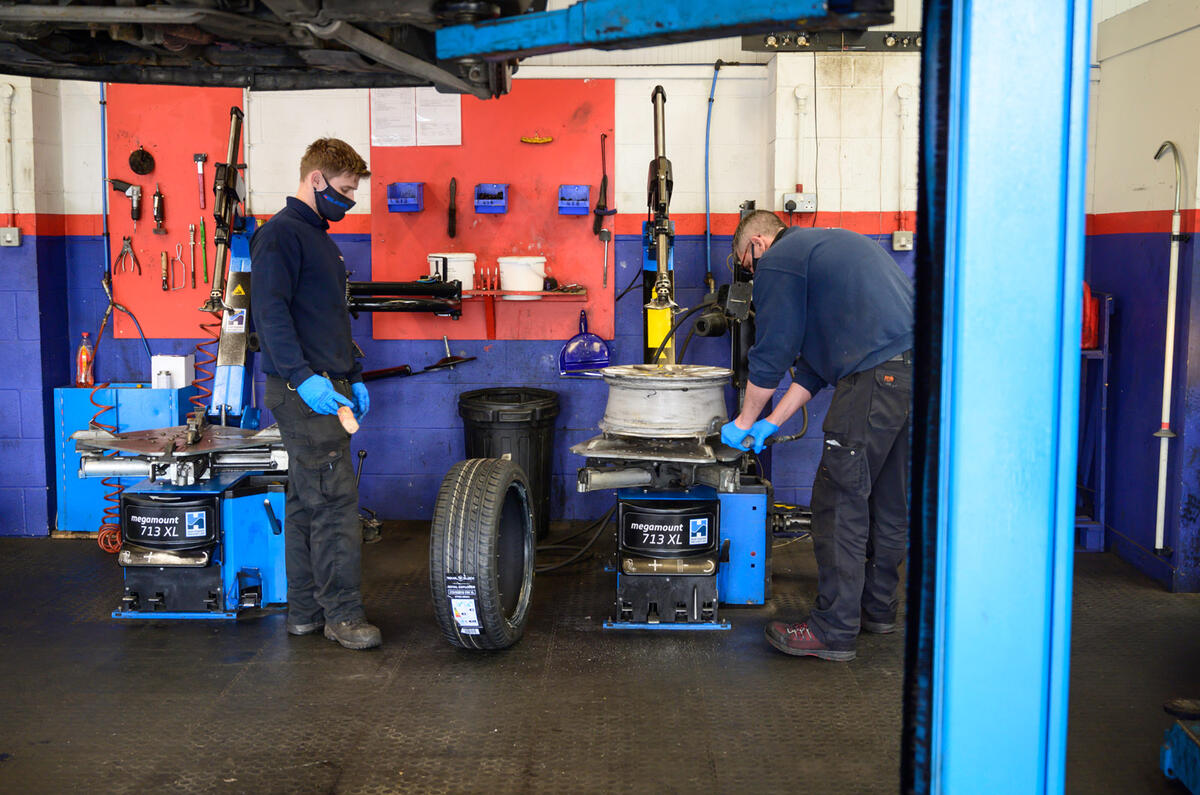
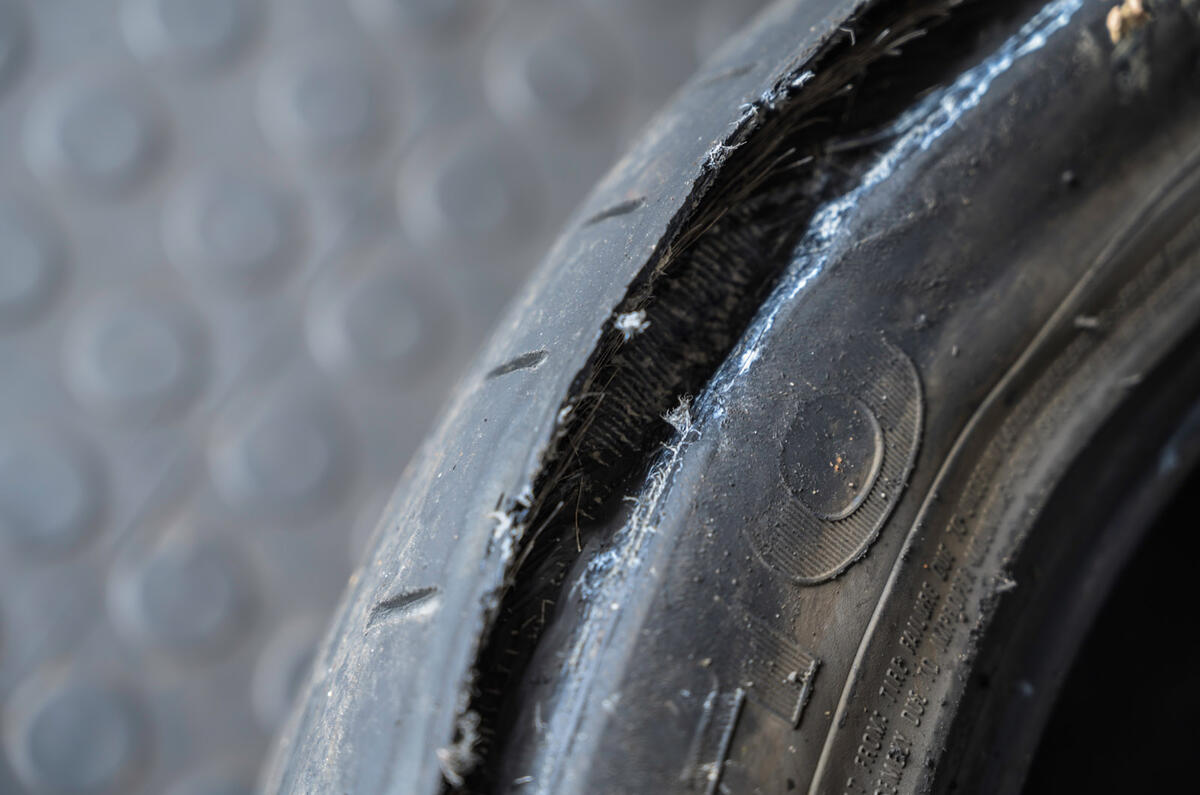
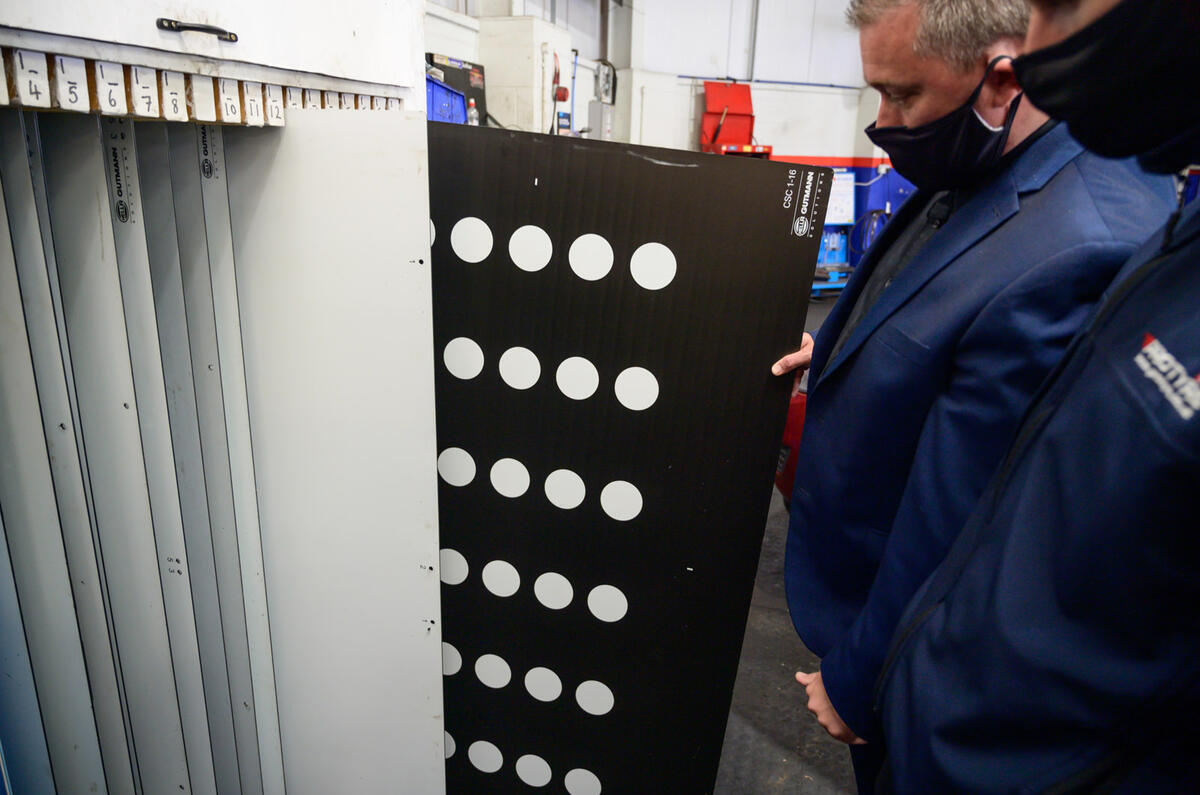
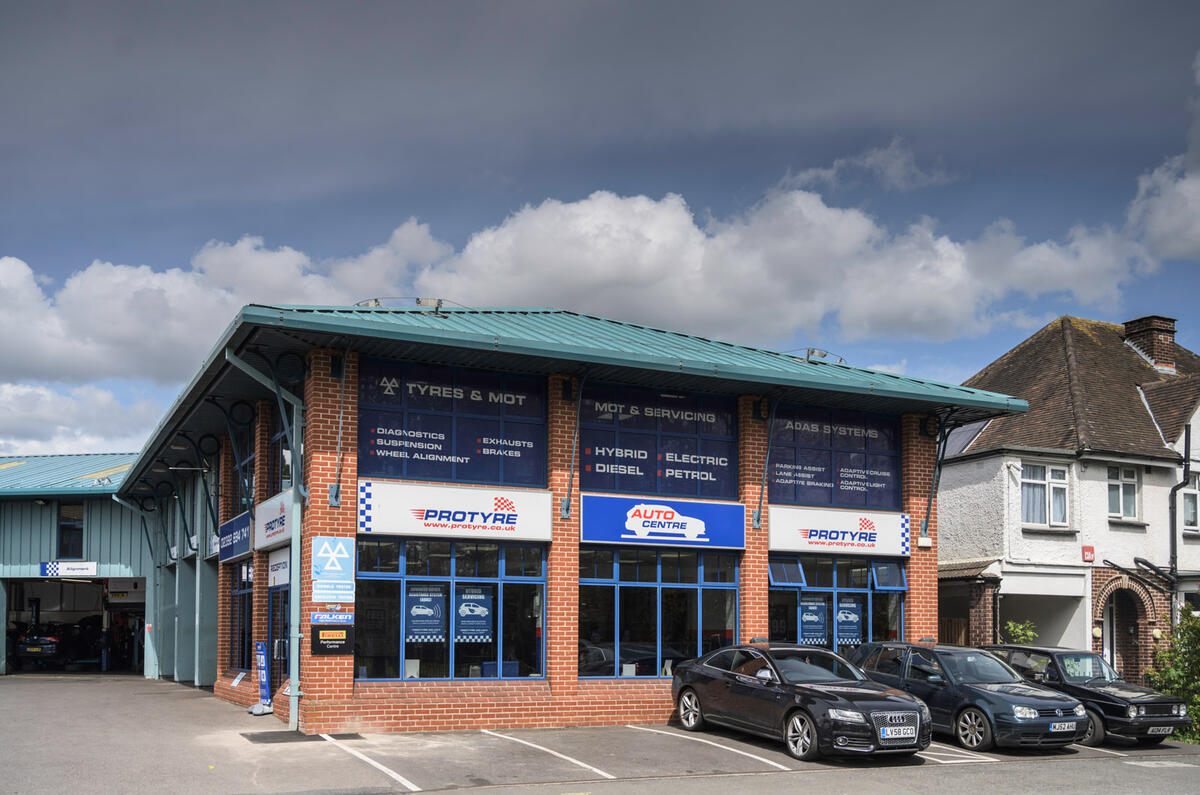
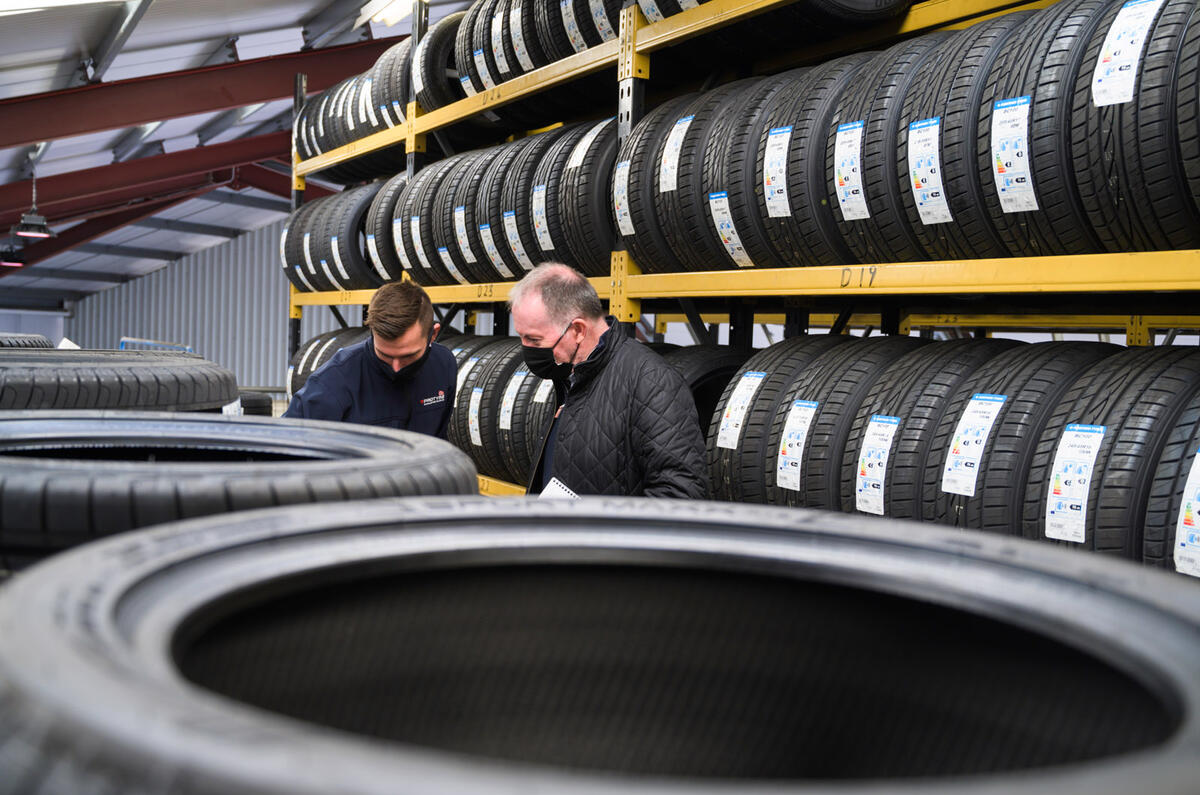
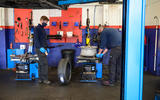
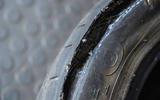
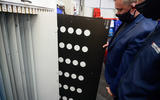

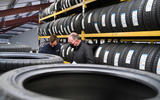


Join the debate
Add your comment
Anyhow, I think it should be made illegal to drive with heavily under or over inflated tyres. I know people who overinflate their tyres on purpose believing this reduces fuel consumption.
This maybe true about the article,but, there are thousands of drivers out there who haven't a clue or bother to find out about the information on the Tyre, they just go get knew ones, either fit what's recommended or the cheapest.
Maybe I am a bit slow and can't read, but the title doesn't seem to bear much resemblance to the text?
The EU introduced new tyre labelling in May 2021, but this isn't mentioned in the text, only the DOT codes which I think have been on tyres for many years?